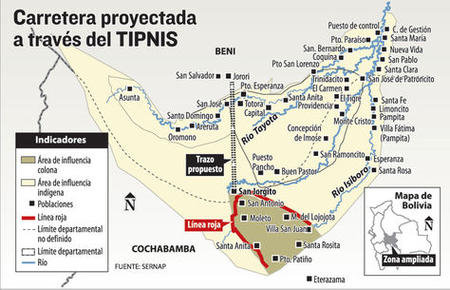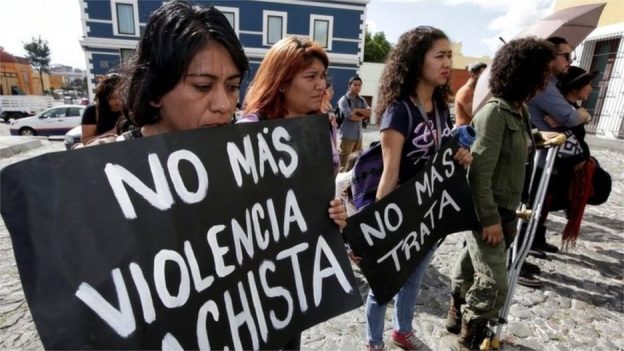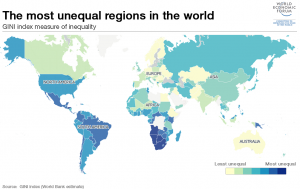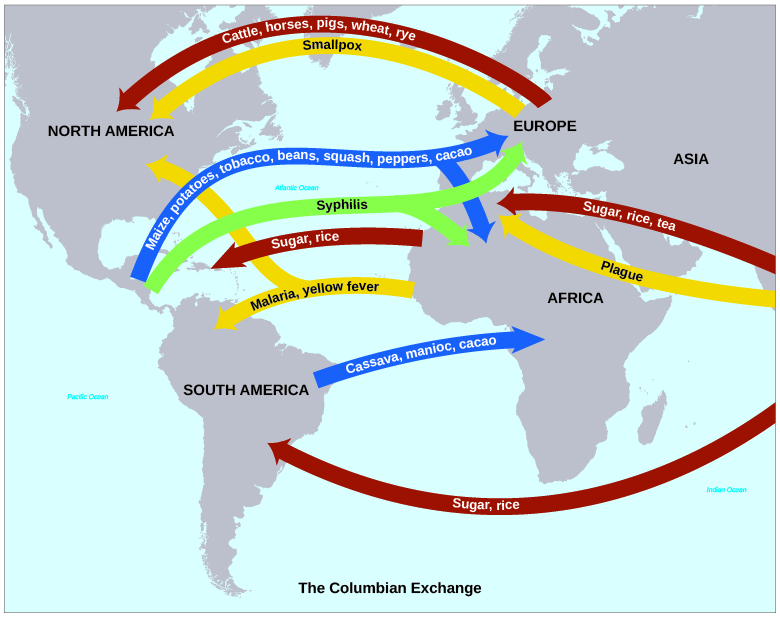
Garcia, Patricia. We Need to Talk About the Emmys’ Latinx Problem. Vogue. 18 Sept 2017.
In this Vogue magazine article, the writer Patricia Garcia mentions that there were no Latinx winners or even nominees at the Emmys on Sunday. Garcia points out that Hollywood is very proud of themselves for this being the most diverse Emmys ever, but how can this be true if there aren’t even Latinx nominees? A Latina has not won an Emmy in a decade and a Latino has not won an Emmy since the 90s. Garcia points out that part of the problem for there not being any Latinx nominees is because Latinxs are cast in the same roles repeatedly. Latinos are typically casted in shows about the drug trade, while Latinas are “house maids or feisty maneaters,” (Garcia Vogue). Garcia also mentions that Latinx participation in Hollywood is lower than it was 70 years ago.
This article points out that there aren’t many Latinx actors in Hollywood. One of the most well-known Latina actress in today’s age is Sofia Vergara and she is a trophy wife whose beauty is often mentioned in the TV show. Another issue the Vogue article argues is that not only are there few Latinx actors, but also few Latinxs in Hollywood period. This includes directors, screenwriters, and other behind the scenes people. Garcia also mentions that the Latinx population is the largest growing minority in the U.S., but they are unrepresented.
This article connects to the class’ them of identity. With there being so few Latinxs in Hollywood it can make it hard for children to feel that they can be in Hollywood. When a child only sees Caucasian actors and actresses, it might make them feel ugly and wish they could have blonde hair and blue eyes. These children could experience low self-esteem later in life and feel as if they are not valued in the States because Hollywood does not mention them. Hollywood and the media are important because it is what is seen all day and it seen as the epitome of beauty. Hollywood and the media is constantly shoved down throats, so how is it supposed to make children feel when they do not see someone who looks like them on magazine covers and in their favorite movies or TV shows? Latinxs will never feel accepted as part of America if they do not see themselves a part of American culture.
https://www.vogue.com/article/emmy-awards-latino-representation



 2
2 3
3
 The situation of inequality is pretty much the worst in the world. High-income people don’t want to pay for the tax and are not willing to help with the infrastructure development like the hospitals, universities and cultural life. Also, the drug-related crime and governmental corruptions are the reason for some of the higher income people to lose faith in their country.This is a ferocious cycle. If the government does not try to revolutionize their inner system, the Latin American would go on deteriorating. We have to know that the latin American countries used to be the fastest growing economy, but now they are they are greatly undermined by the government corruption and drug related issues.
The situation of inequality is pretty much the worst in the world. High-income people don’t want to pay for the tax and are not willing to help with the infrastructure development like the hospitals, universities and cultural life. Also, the drug-related crime and governmental corruptions are the reason for some of the higher income people to lose faith in their country.This is a ferocious cycle. If the government does not try to revolutionize their inner system, the Latin American would go on deteriorating. We have to know that the latin American countries used to be the fastest growing economy, but now they are they are greatly undermined by the government corruption and drug related issues.
 Col
Col Pictured is Edwin Encarnacion. Roll Tribe
Pictured is Edwin Encarnacion. Roll Tribe

